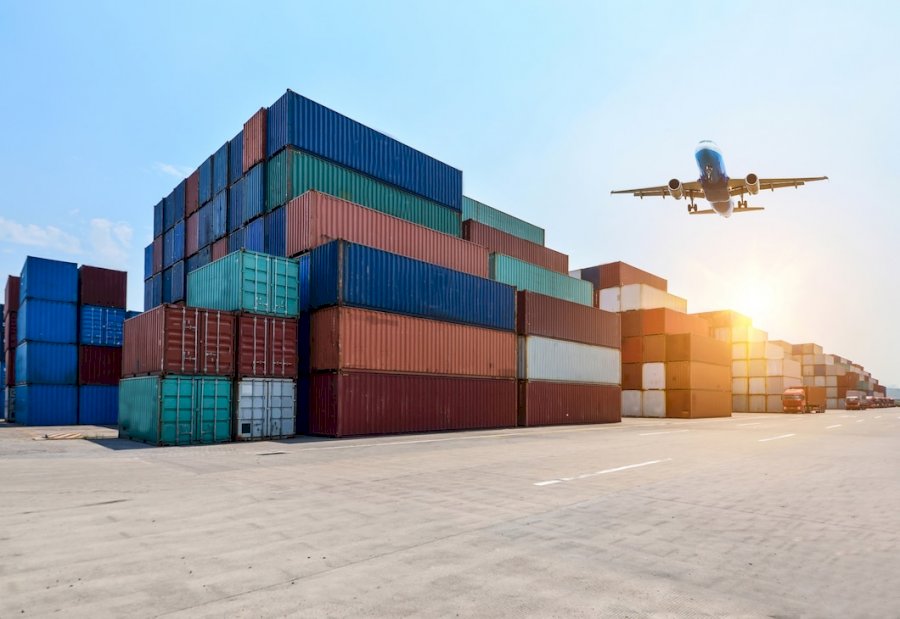It is a fact that the economies of many countries will be different in the future. The reasons for this are not all economic, but they are likely to generate uncertainty as disruptions and changes become more frequent, leading to unknown outcomes.
The market has been discussing aspects of the changes that could affect your organization's supply chains. In this article, you'll learn about some of the changes in supply chains for 2030. It will help you know what to do with your logistics business for this new year.
News for logistics services in 2023
Each of the new features that logistics services will be implementing this year, 2023, must be technologically advanced, and with ToolRides, you can achieve this.
Recent report
It is currently important for logistics businesses to have a report that projects the generational shift in their supply strategy. This report should be written from a primarily European perspective, and the questions should be relevant to companies in all regions.
The report's key findings are that supply chains will be rebalanced and deleveraged from concentrated production areas. They will move to locations closer to end markets and to a wider range of low-cost countries. This is to provide the flexibility and resilience needed to reduce delays, transportation costs, and shortages of materials and intermediate products traded over long distances.
It's advisable for companies to take a closer look at total landed costs or total cost of ownership and the impact cost of not meeting market demand. While offshoring and nearshoring are important determinants, increased geopolitical uncertainty and changing trade policies can impact supply chain decisions in some business sectors.
Efficient terminology
From reshoring, which is the practice of moving an organization's productive capacity to the same market where the final products are used or sold. On the other hand, nearshoring is the practice of moving an organization's productive capacity close to where the final products are used or sold.
Finally, there is near-sourcing, which is the practice of obtaining items or production capacity from a supplier close to where the final products are used or sold.
Main reasons for changing the sourcing location
There are five main reasons for changing your supply location, and we'll list each of them below.
-
Shorten supply chains to increase flexibility.
-
Limits dependence on single sources of materials.
-
Provides risk limits for supply chain operations.
-
Shorten supply chains to reduce transit time.
-
Increases control over supply chain operations.
The emphasis is not on identifying where production costs are lowest, but rather on prioritizing shorter supply chains. Instead, flexibility and risk mitigation are sought to improve reliability, proximity, speed, visibility, and sustainability over cost.
This is to provide delivery reliability, proximity to end markets, and a combination of workforce skills that contribute to the productivity of the logistics business.
It may be necessary to change suppliers and manufacturing locations.
The ranking of factors on the list indicates that changing manufacturing locations is more challenging than changing supply sources. Manufacturing is risky, expensive, and time-consuming. Therefore, fewer companies consider this change.
However, the decision depends on the industry, with consumer packaged goods and fast-moving consumer goods able to bring new capacity online relatively quickly.
Locations for suppliers and subcontracted manufacturing
A report is able to identify the sourcing company's approach to distance rings. This is used to select locations for sourcing intermediate goods and products, subcontracted production, and foreign direct investment. The United Nations Industrial Development Organization's Competitive Industrial Performance Index is used as an indicator of competitive national manufacturing capacity.
For production locations, companies are more likely to identify locations where there is already a high proportion of manufacturing workers. This is a requirement for infrastructure-enabled locations with the necessary skill mix, as production processes become more automated and products more complex.
The productive capacity of these countries will expand into complex, high-value, high-tech, time-sensitive, and strategically important production processes, including final assembly and testing. It is important to remember that these locations enjoy favorable time-to-market, skilled labor, transportation costs, and membership in trading blocs.
These factors, combined with lower labor costs than high-income countries, will boost growth in sectors with competitive advantages, favoring logistics services . Proximity to end markets and infrastructure supporting the production of intermediate and consumer goods will be key.
Digital optimization is everything
Traditionally, logistics companies have relied on business cards, cold calling, word-of-mouth promotion, printing, and much more to gain customers. A strong online presence is an advantage that cannot be ignored in the digital economy. It's what brings you closer to your customers.
Regardless of the size of your business or the nature of your operations—local or international—your website is the first immersive point of contact for your target customers. With ToolRides, you can attract potential customers to your logistics business with a simple click. The time is now.






